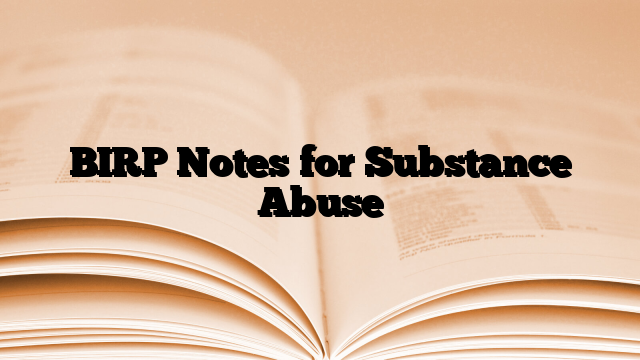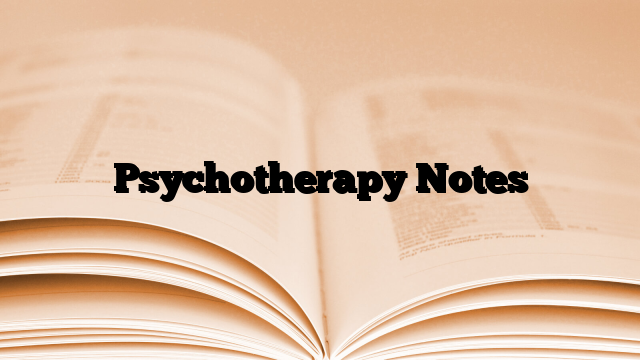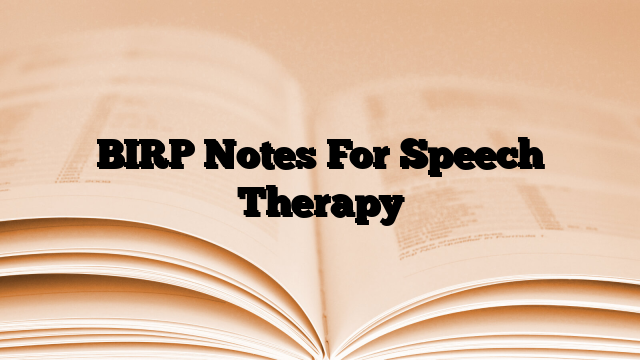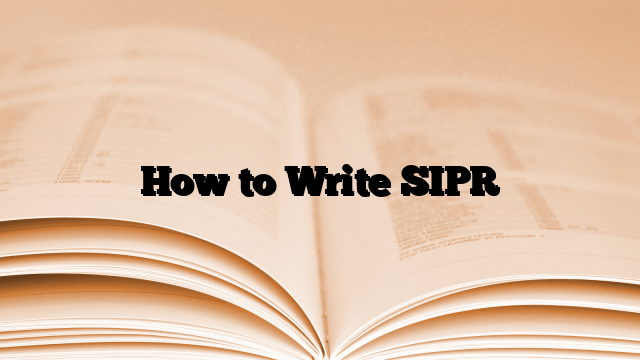BIRP notes, standing for Behavior, Intervention, Response, and Plan, are a structured way for mental health professionals to document client progress and treatment plans. They’re particularly helpful in cases of substance abuse, providing a clear and concise record of the client’s journey towards recovery.
Substance abuse treatment is a complex and multifaceted process that requires careful documentation and planning. In this blog, we will explore the specifics of BIRP notes for substance abuse treatment, offering insights and examples to demonstrate their effectiveness.
Implementing BIRP in Substance Abuse Treatment
Here’s how BIRP notes can be used for substance abuse treatment:
1. Behavior:
- Subjective: Describe the client’s presenting concerns, thoughts, and feelings related to substance use. This might include cravings, urges, relapses, or attempts at quitting.
- Objective: Note observable behaviors related to substance use, such as intoxication, withdrawal symptoms, or changes in sleep patterns and appetite.
Example:
- Subjective: “Client reports feeling overwhelmed by cravings for alcohol, especially after work.”
- Objective: “Client appears restless and fidgety during the session. Speech is slurred and eyes are bloodshot.”
2. Intervention:
- Describe the specific interventions used to address the client’s behavior. This could include cognitive-behavioral therapy (CBT), motivational interviewing (MI), medication management, or support groups.
Example:
- “Used CBT techniques to identify and challenge negative thoughts related to alcohol use.”
- “Provided psychoeducation on relapse prevention strategies.”
- “Referred client to a local support group for individuals in recovery.”
3. Response:
- Describe the client’s response to the interventions. Did they seem engaged? Did they report any progress or setbacks?
Example:
- “Client actively participated in CBT exercises and expressed hope for the future.”
- “Client reported a decrease in cravings after attending the support group meeting.”
- “Client admitted to a relapse but expressed commitment to continuing treatment.”
4. Plan:
- Outline the next steps in the treatment plan. This might include setting specific goals, scheduling follow-up appointments, or adjusting interventions based on the client’s response.
Example:
- “Schedule a follow-up appointment next week to discuss coping mechanisms for managing cravings.”
- “Recommend continued participation in the support group for ongoing peer support.”
- “Explore medication options to help manage withdrawal symptoms.”
Example:
Client: Jane Doe
Date: December 22, 2023
Therapist: Dr. Smith
Session Number: 10
Behavior
Jane, a 28-year-old female, presented with a subdued demeanor at the start of the session. She reported feeling “overwhelmed and hopeless” due to recent challenges at work. Jane mentioned that these feelings triggered her cravings for opioids, a substance she has been recovering from. She acknowledged that she had a moment of weakness and considered using again but did not. Jane maintained eye contact throughout the session and was actively engaged in the discussion.
Intervention
Given Jane’s reported feelings of hopelessness and her proximity to a potential relapse, I focused on reinforcing her coping mechanisms. We revisited the relapse prevention plan developed in earlier sessions. I introduced mindfulness exercises aimed at helping her manage stress and negative emotions. We also role-played scenarios to strengthen her refusal skills in situations where she might be offered opioids.
Response
Jane was receptive to the mindfulness exercises, noting that they helped her feel “more centered and less anxious.” She actively participated in the role-playing activity, demonstrating a strong understanding of how to refuse drugs assertively. Jane expressed gratitude for revisiting the relapse prevention plan, stating it made her feel “more prepared and confident” in maintaining her sobriety.
Plan
For the next session, we will continue to focus on building Jane’s stress management skills, incorporating more advanced mindfulness techniques. Jane has agreed to start a daily journal to document her triggers and emotional responses. I also recommended that she attend a local support group for individuals in opioid recovery to enhance her support network. We scheduled a follow-up session for next week.
Benefits of BIRP Notes in Substance Abuse Treatment
- Consistency: BIRP notes ensure a consistent approach to treatment, which is particularly important in cases of substance abuse where the risk of relapse is significant.
- Tailored Interventions: By documenting specific interventions and responses, therapists can tailor their approach to the unique needs of each client.
- Tracking Progress: These notes serve as a record of the client’s journey, helping therapists track progress and adjust treatment plans accordingly.
- Communication: In settings where multiple healthcare providers are involved, BIRP notes facilitate effective communication and coordination of care.
Additional Tips for BIRP Notes in Substance Abuse Cases:
- Focus on strengths and progress: While acknowledging challenges, remember to highlight the client’s strengths and any progress they’ve made.
- Use clear and concise language: Avoid technical jargon and ensure your notes are easy to understand for other healthcare professionals involved in the client’s care.
- Document safety concerns: If there are any concerns about the client’s safety or risk of harm, document them clearly and take appropriate action.
BIRP notes can be a valuable tool for tracking progress and ensuring continuity of care for individuals struggling with substance abuse. By using this structured approach, mental health professionals can effectively monitor clients, adjust interventions as needed, and ultimately support them on their path to recovery.






